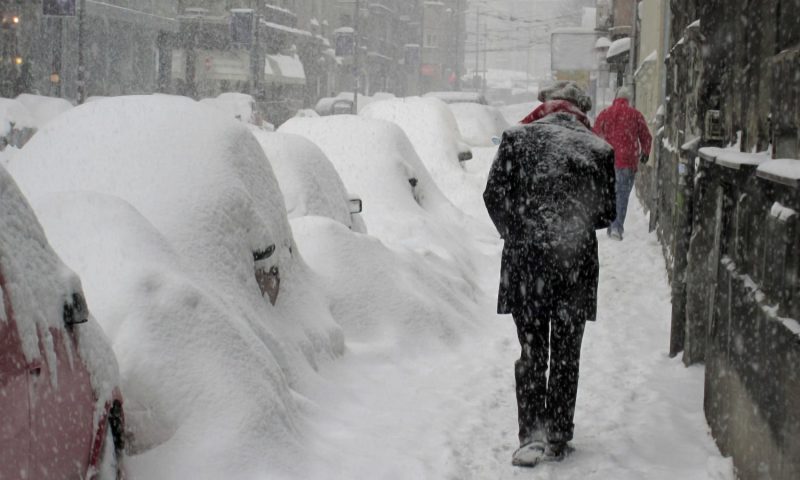Cold temperatures in the winter bring different types of storms. Learn more about the most common winter storms you might experience in the US.
In the summer months, families are fearful of hurricanes, tornadoes, and thunderstorms. The winter season brings a whole new set of storms to prepare for.
When you hear the word “snowstorm,” you might think of something scary and dangerous. A snowstorm is a general term to describe any snowfall. Some forms of snowstorms can be dangerous. Continue reading to learn about the most common winter storms you might experience in the US.
Blizzards
A blizzard is a type of snowstorm with extreme snowfall and intense winds. The storm must last for 3 hours and reach at least 35 mph or higher to classify as a blizzard.
It can be difficult to see during a blizzard due to the severe winds and falling snow. It’s always safest to stay indoors and avoid driving due to the low visibility.
Ice Storms
Rain may continue to fall during the winter, but when the temperatures reach 32 to 38 degrees Fahrenheit, the rain freezes. The freezing rain creates an ice storm that can be incredibly dangerous. When the rain reaches the ground or any other objects, it creates a layer of ice freezing to that surface. Strong winds can also accompany an ice storm.
It’s dangerous to walk or drive on any surface because of the ice. When this occurs, road-clearing crews try their best to melt the ice so roads are safe to drive on, but if the storm persists, the ice only thickens over time.
Black ice is a particularly dangerous type of ice that is patchy and invisible on the road; you might think the roads are free from ice, but there might always be a hint of the invisible black ice.
Lake-Effect Snow
If you live near a large lake, there’s a chance you might experience a lake-effect storm. These types of storms are most common around the Great Lakes.
The below-freezing air passes over the warm water of a lake. Then, the warm water evaporates and rises into the atmosphere. When the cold temperatures meet the warm air and moisture, they create creates clouds and snowstorms.
Lake-effect snow storms can either be unthreatening snowstorms or develop into heavy snowfall.
If you’re ever concerned that your home might be in danger as well, there are ways to improve the wind resistance of your roof to add extra protection and reinforcements.
During any form of winter storm you might experience in the US, it’s best to stay inside and protect yourself from dangerous weather.
